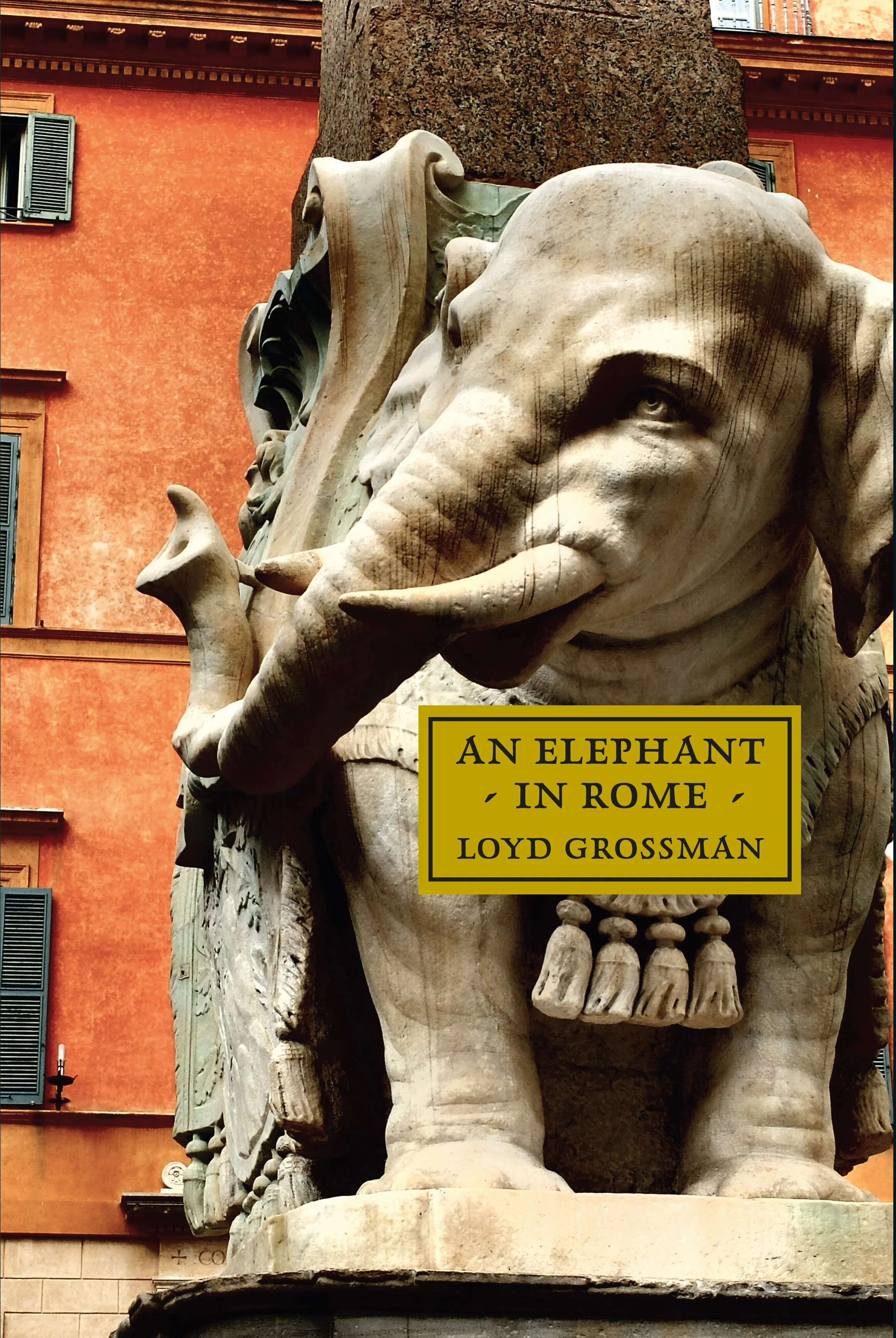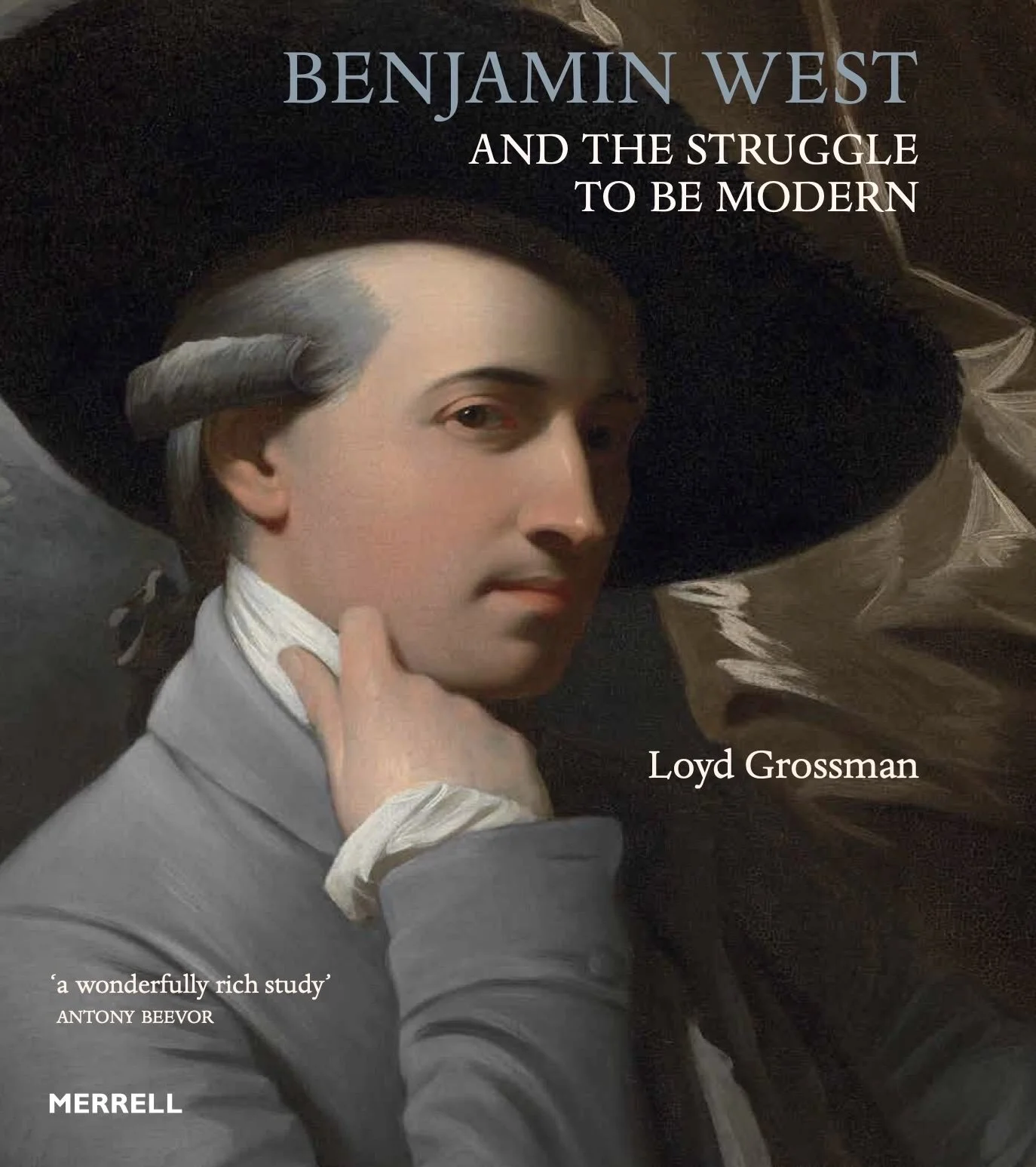Books
Praise for the book
“A total delight. A brilliant vignette of 17th-century Rome, the Baroque and the Catholic church...It brings to life the relationship between a genius and his patron, and with an ease of writing that is rare in art history.”
Simon Jenkins
“Lively and Informative” -
The Sunday Times
“How this sculpture came to be - why an elephant, why an obelisk, why Minerva - makes a good story…In fact the real heroine of Grossman’s book is the city itself: Rome, with its layers of history and piled up strata of culture influences.” -
Financial Times
AN ELEPHANT IN ROME
BERNINI, THE POPE, AND THE MAKING OF THE ETERNAL CITY
Pallas Athene, 30 July 2020
In 1655, a new Pope, Alexander VII, fired with religious zeal, political guile and a mania for building, determined to restore the prestige of his church by making Rome the must-visit destination for Europe's elite. To help him do so, he enlisted the talents of Gian Lorenzo Bernini, already celebrated as the most important artist of the age.
Together, Alexander VII and Bernini made one of the greatest artistic double acts in history, inventing the concept of soft power and the bucket list destination. Bernini and Alexander's creation of Baroque Rome as a city grander and more beautiful than since the days of the Emperor Augustus continues to delight and attract.
Loyd Grossman's love of Rome was kindled by his first encounter with the enigmatic monument to this relationship between artist and pope: the elephant carrying an obelisk outside Santa Maria sopra Minerva, just behind the Pantheon. With the elephant as his starting point, his book teases out all the intertwined strands of history, power and art that make up the Baroque.
PURCHASE YOUR COPY
Praise for the book
“Grossman gives us an accessible synthesis of Benjamin West's formative role in the rise of contemporary history painting, and a detailed study of 'The death of General Wolfe'. With 125 illustrations lavishly printed in colour, this book provides an enjoyable scholarly introduction for art enthusiasts to deeper inquiry about Benjamin West.”
The Burlington Magazine
“Loyd Grossman’s fascination with Benjamin West’s ‘Death of General Wolfe’ provides a wonderfully rich study, not just of the painter and his work, but above all of a great social, political and intellectual tipping point in art.”
Antony Beevor, historian
BENJAMIN WEST AND THE STRUGGLE TO BE MODERN
Merrell Publishers, 2015
At the time of his death in 1820, Benjamin West was the most famous artist in the English-speaking world, and much admired throughout Europe. From humble beginnings in Pennsylvania, he had become the first American artist to study in Italy, and within a few short years of his arrival in London, was instrumental in the foundation of the Royal Academy of Arts (he succeeded Sir Joshua Reynolds to become its second President) and became history painter to King George III.
In his lifetime, West’s meteoric rise to prominence and the great pleasure he took in his success attracted criticism, and his posthumous reputation took a savage mauling from Victorian critics, one of whom dubbed him The Monarch of Mediocrity. But even at his critical nadir, West’s most celebrated work, The Death of General Wolfe, commemorating the British victory at the Battle of Quebec in 1759 and first exhibited at the Royal Academy in 1771, continued to fascinate. Although it was not, as is sometimes claimed, the first history painting to feature contemporary costume, it was the first picture in such a vein to become a critical and popular success in Britain.
West remains today the most neglected and misunderstood of Britain’s great eighteenth-century artists, lacking the social bite of Hogarth, the bravura of Reynolds or the easy elegance of Gainsborough. Nor was he a forceful writer (unlike Hogarth and Reynolds), and he did not possess the intellectual credentials to which so many of his fellow artists aspired. And yet, as Loyd Grossman asserts in this book, West was extraordinarily in tune with the artistic and intellectual currents that swirled through his turbulent times. He was in the vanguard of both Neoclassicism and Romanticism, and among the very first artists to give visual expression to the exciting and heroic qualities of contemporary events, as opposed to episodes dredged up from the biblical, classical or mythological past, which had long enjoyed the highest artistic status. West’s Wolfe was painted at a time when Europeans were just beginning to abandon the tendency to look backwards. Men and women of letters, philosophers and historians were increasingly convinced that modernity could equal and even surpass the achievements of the ancient Greeks and Romans. This new-found ability to believe in the value of the present and to look forward to a progressive future is very much the foundation of the modern attitude that has affected the way we live and think ever since.
While acknowledging that West’s reputation is still precarious, Grossman explains why Wolfe was such an instant success and why this thrilling work of art continues to exercise such a strong grip on our imaginations nearly 250 years after it was first shown to the public. He situates West in the midst of Enlightenment thinking about history and modernity, and seeks to demolish some of the prejudices about the talent and intentions of the young man from the Pennsylvania frontier who attained such eminence at the British court.
PURCHASE YOUR COPY

